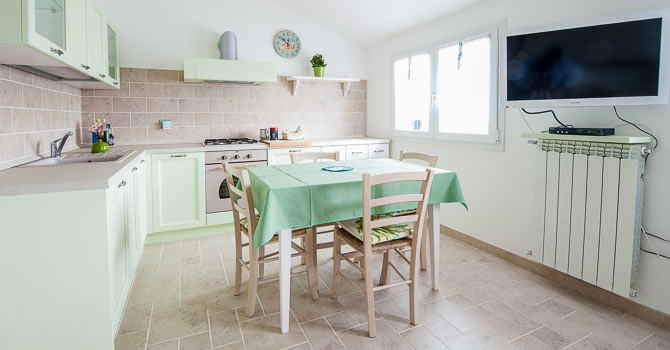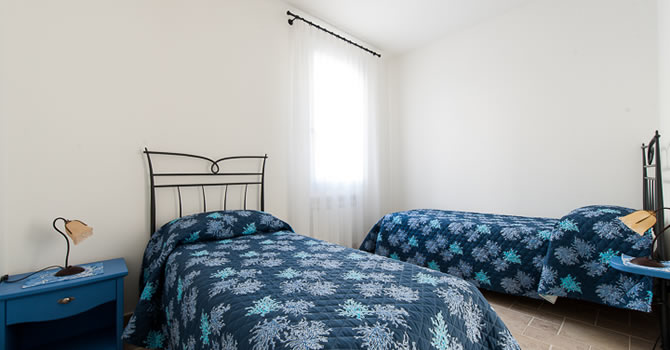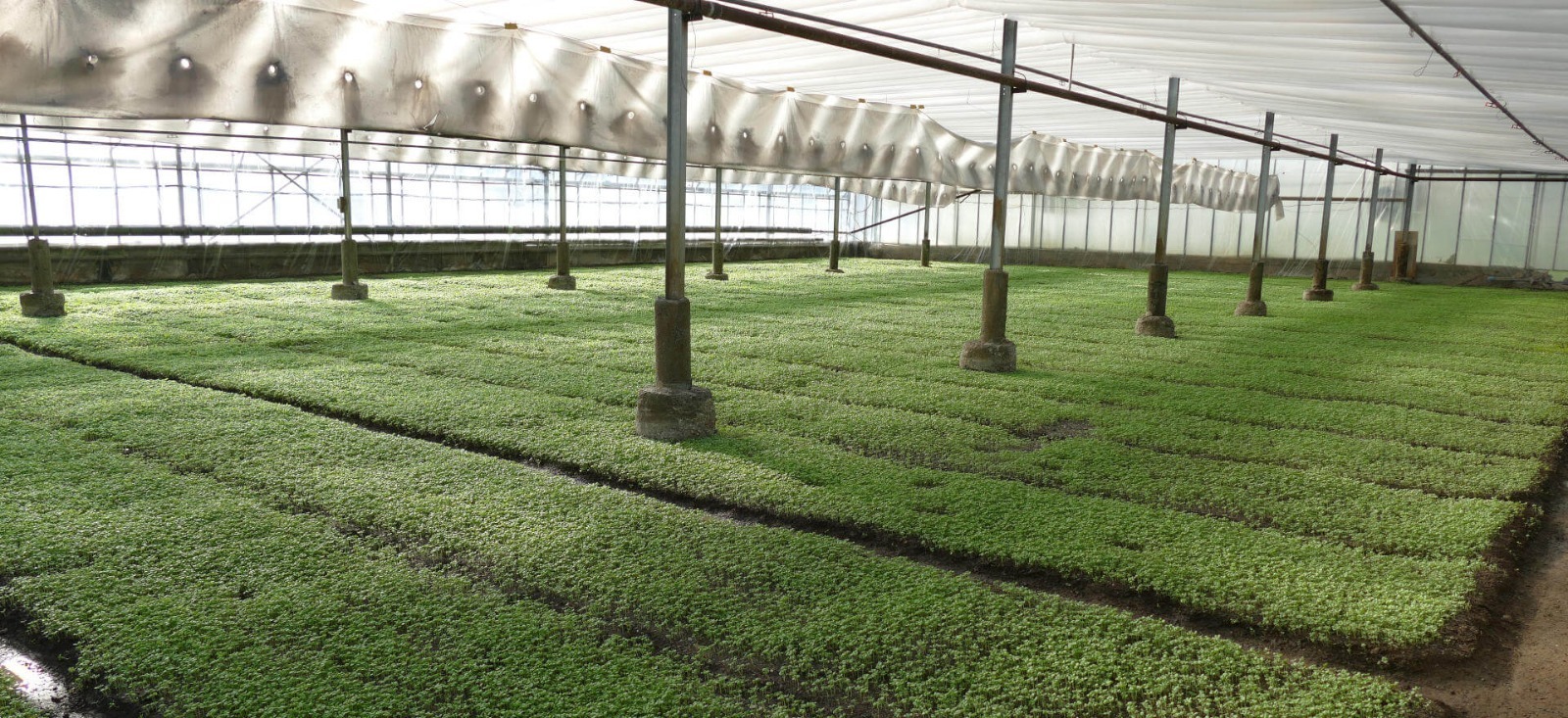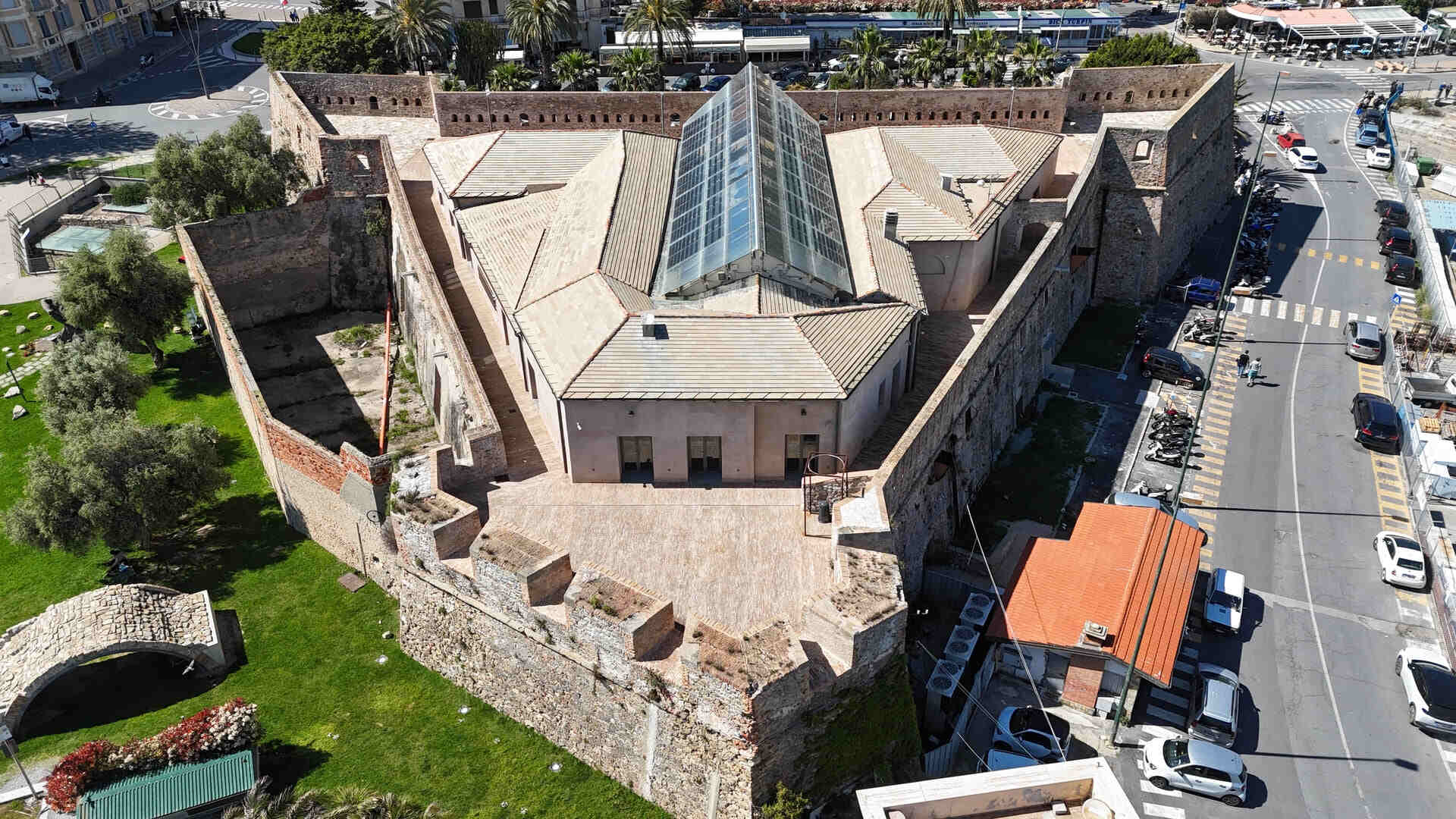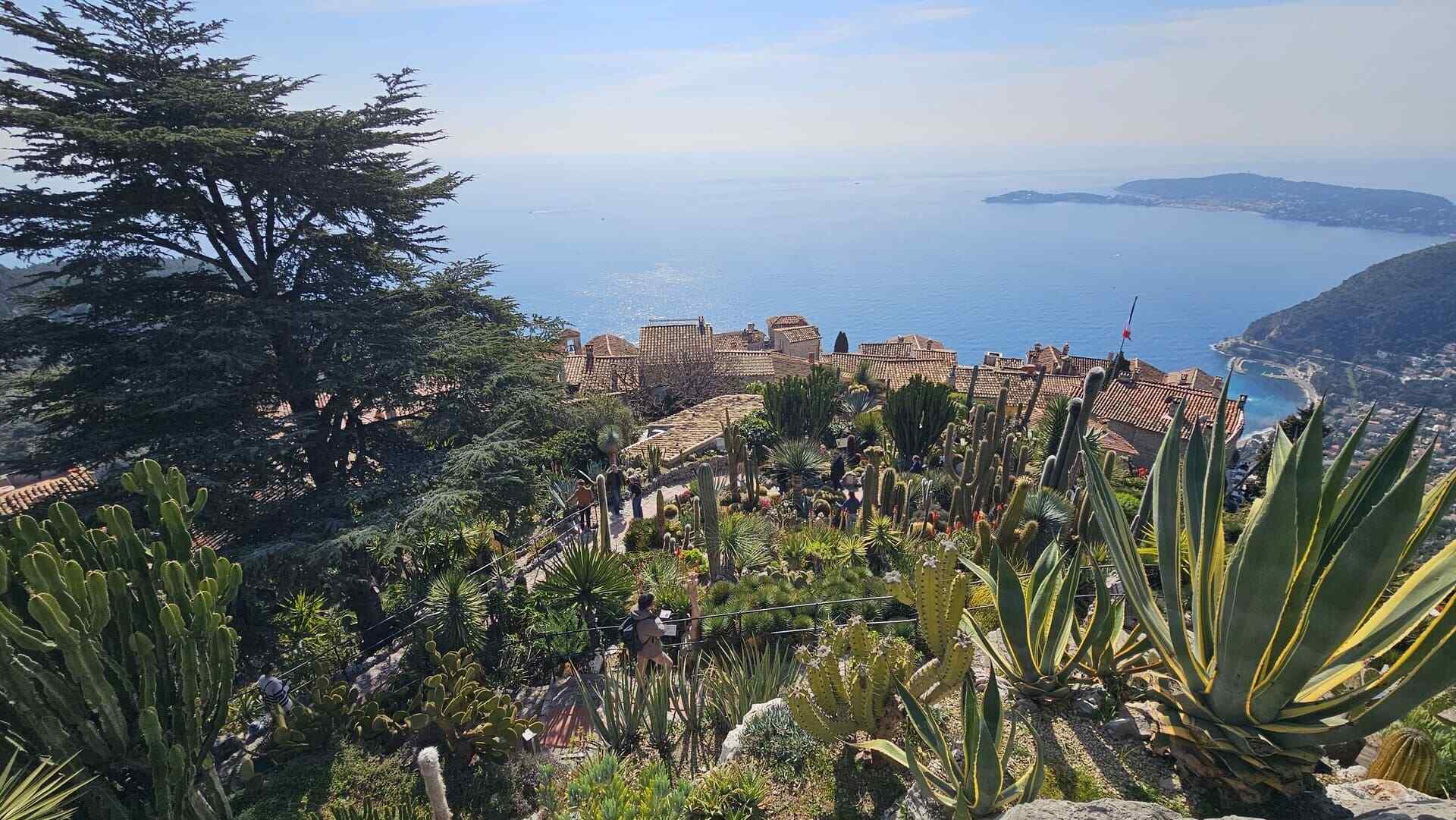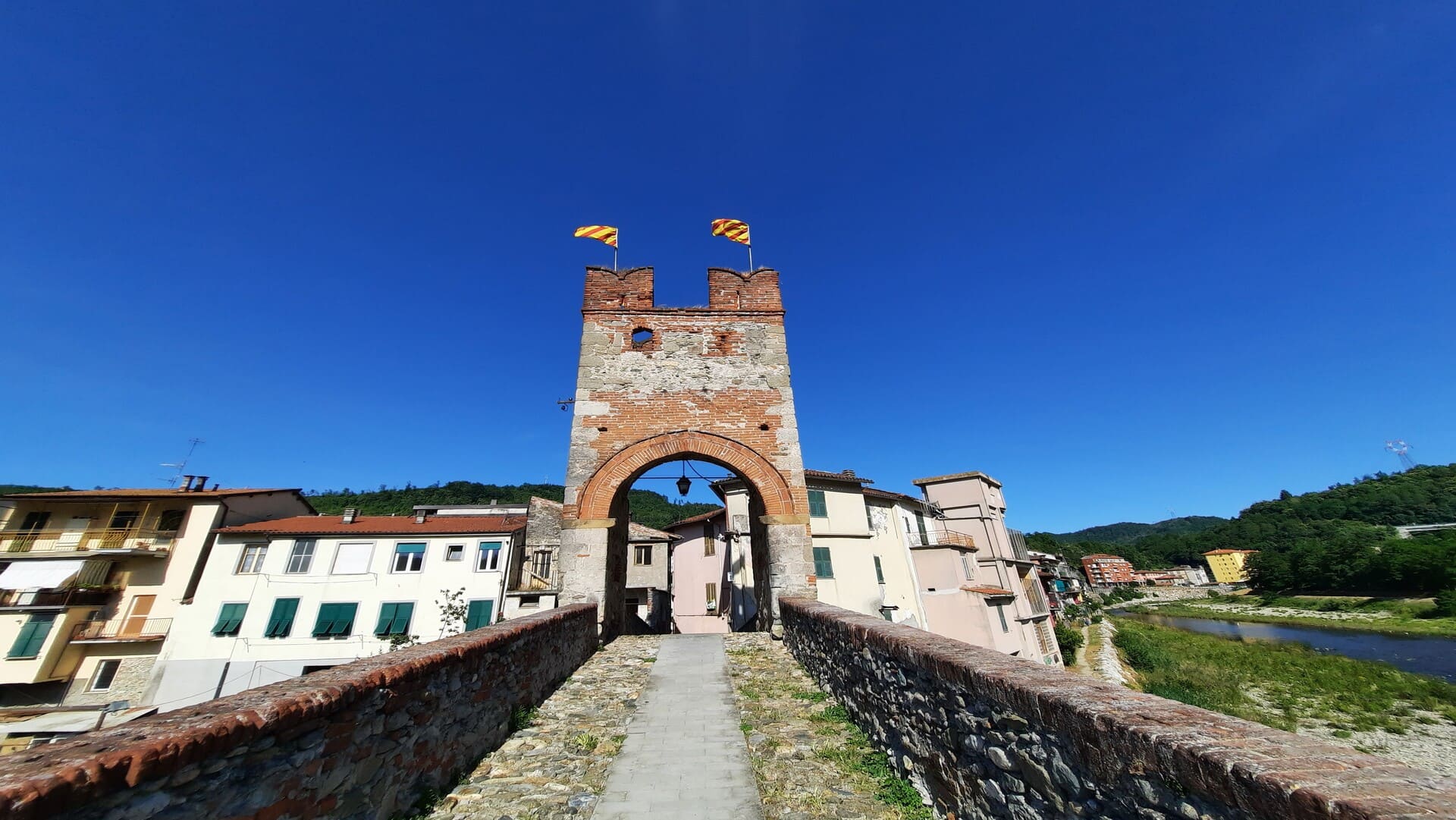
Villages of Liguria
What to see in Millesimo: discovering the village
October 05, 2022
Millesimo is a pretty village located in the province of Savona, in the upper Bormida Valley, which is part of the Most Beautiful Villages of Italy circuit. It is best known for its characteristic historic center, in which there is a typical medieval atmosphere, and for its feudal-style architecture dating back to the 13th century.
Millesimo's origins date back to Roman times. In fact, it seems that, thanks to its strategic location, it was born as an outpost of the Roman Empire. The town was founded in 1206, along with the castles of Cengio, Cosseria and Roccavignale, and was part of a quadrilateral protecting the road that connected Liguria to Piedmont: not coincidentally, it is located along the route of the Via Aemilia Scauri.
Located not far from Agriturismo Le Girandole and Lake Osiglia, the village, despite its small size, is full of attractions. Let's discover together what to see in Millesimo.
The Castle del Carretto
The Carretto Castle, located in a dominant position over the historic center, is one of the main attractions of the village. Also called Millesimo Castle, it was built by the del Carretto family, marquises of Finale, Millesimo and Novello, to defend the town center.
The castle was built with a structure based on a quadrangular plan, with two side towers and surrounded by fortified walls.
The stone tower, keep and east wall are the oldest parts of the building and date from the second half of the 13th century.
Since 1989 it has been owned by the municipality of Millesimo. Today classical music concerts and exhibitions are organized inside.
The entrance fee to the castle, which also includes a visit to the nearby Villa Scarzella, is only 2 euros. Access to the castle is always through the entrance to the villa. It is possible to visit both the ground floor and the second floor, where there are large windows from which you can admire the village from above, as well as the inner courtyard (not accessible).

Villa Scarzella and the Bric Tana nature park museum
Villa Scarzella was built in 1855 by Giuseppe Scarzella, who along with the villa also bought the ruins of the castle. The mansion was later expanded in the late 1800s by Alberto Scarzella. It, too, was bought by the municipality of Millesimo, in 1989.
The entrance to the mansion is dominated by a beautiful fountain. There is also a sign here indicating the main points of interest in the village.
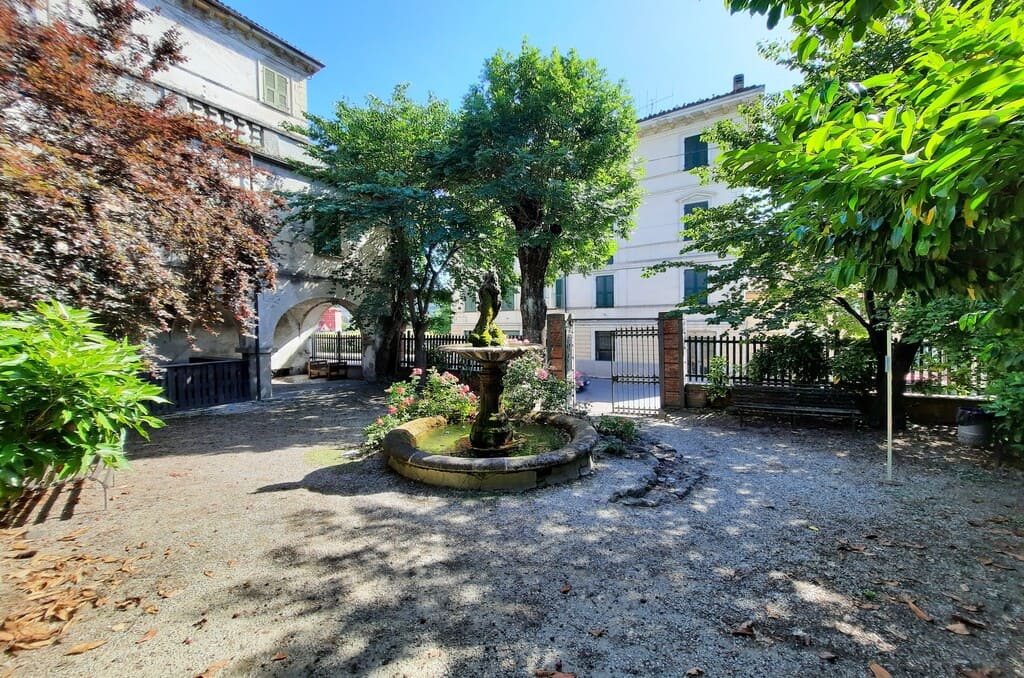
On the ground floor is the Bric Tana Nature Park Museum. On display inside are rocks that testify to the geological history of the area: the oldest can be traced back to the Carboniferous period, that is, a period between 359 and 299 million years ago. There is no shortage of references dedicated to the flora and fauna, as well as the Tana Dell’Orpe, a cave located in the Bric Tana Park about 350 meters long, inside which remains of Bronze Age settlements have been found.
Don't miss the suggestions on walks and hikes in the park. Among the many worth mentioning are the ring of sinkholes , the forest ring and the ring of caves.
Moving to the second floor, we find the Napoleonic museum. The territory of Millesimo was in fact crossed by Napoleon's armies during the famous Italian campaigns, particularly in 1794, when French troops first arrived in Loano.
Its interior houses documents, sketches engravings and drawings, models with toy soldiers and artifacts dated from 1795 onward, in particular:
-
Rocca Barbena, preparatory sketch to the instructions for the second view of Loano
-
Battaglia di Zuccarello
-
Battle of Loano
-
City and castle of Nice
-
View of Albenga
-
Arrival of the French army at Albenga
-
View of Savona
-
Attack on Monte Legino
-
View of the heights of Monte Legino
-
View of Voltri
-
Battle of Voltri
Also on display are several bayonets and banknotes of the period issued by France after the occupation of Liguria.

The Church of Santa Maria Extra Muros
The Church of Santa Maria Extra Muros, dating back to 1200, is an imposing building located along the Bormida stream. The religious building, in particular, bears witness to an ancient culture. Placed along the road leading to the entrance of the village, it strongly influenced the layout of houses in the village of Millesimo.
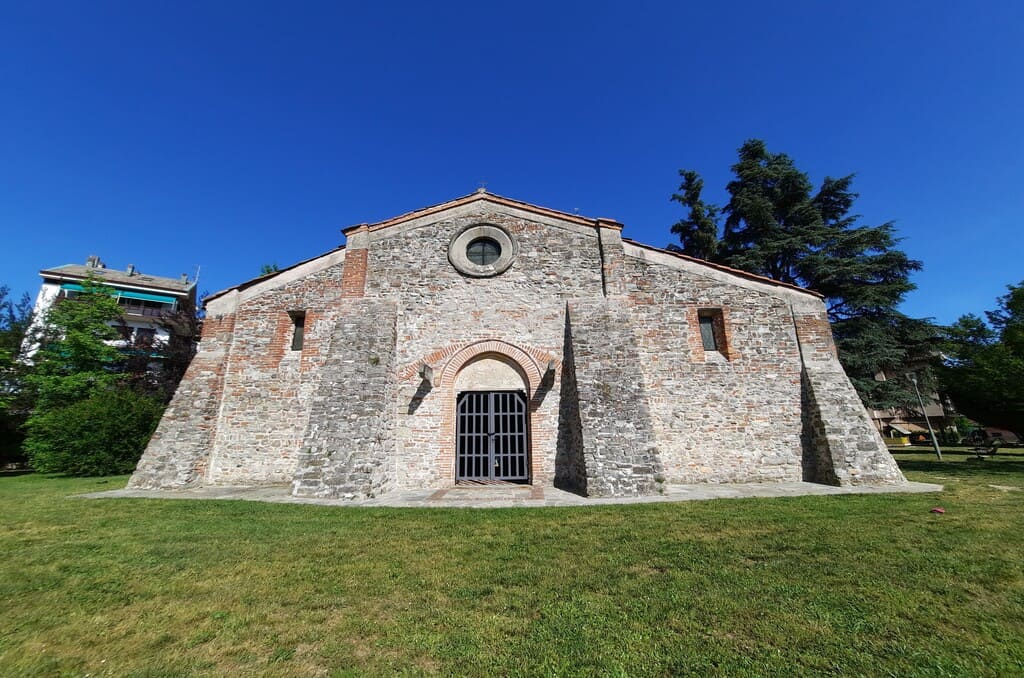
The chapel of San Rocco
A short distance away is the chapel of San Rocco, erected in place of an old ruined chapel on the opposite bank of the Bormida stream. Its construction was begun in the mid-19th century and finished in 1902.
This type of chapel was built outside the historic village to ask for God's protection against plagues, which were very frequent at the time.

The Town Hall
To reach the square in front of the Town Hall, one walks along a pretty caruggio where there are tile paintings depicting some of Millesimo's most important buildings.
The construction of the Palazzo Comunale dates back to the 12th century. Inside you can access the council chamber, where some armor is on display and the altar on which Pope Pius VII, then a prisoner of Napoleon, celebrated mass. Bonaparte also stayed in a room of the palace after the Battle of Millesimo in April 1796.
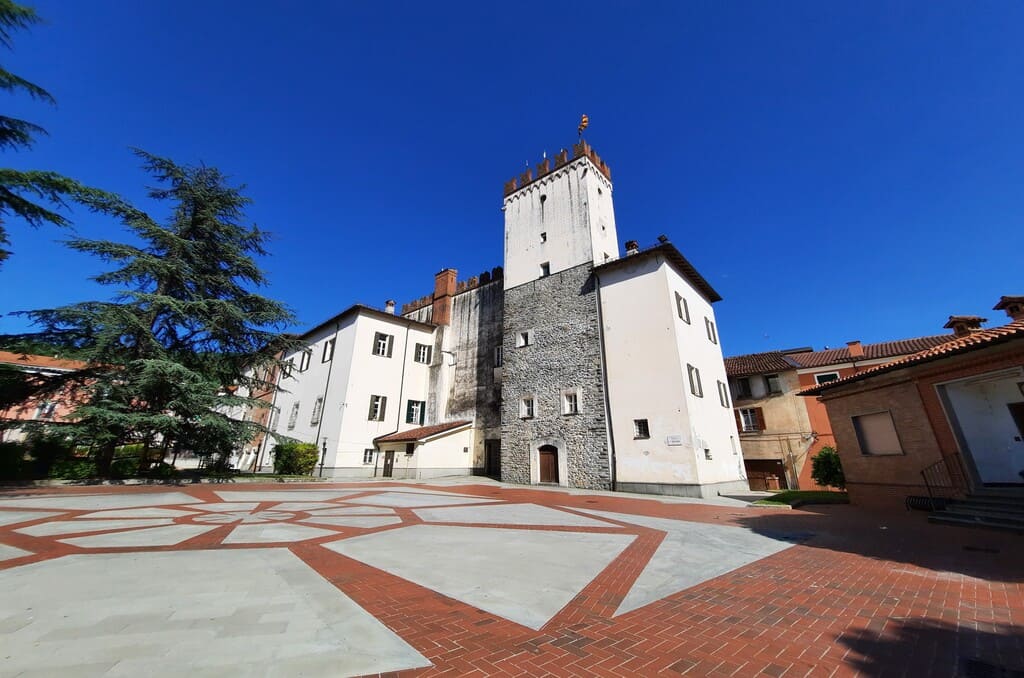
The Church of the Visitation of Mary and St. Anthony Abbot
The Church of the Visitation of Mary and St. Anthony Abbot is the main church in Millesimo. It was partly rebuilt in 1467 on the basis of the earlier building that was owned by the monks of St. Anthony Abbot. Inside it is preserved an important crucifix and the statue of Our Lady of Mount Carmel, which is paraded in procession every year during the patron saint's festivities.
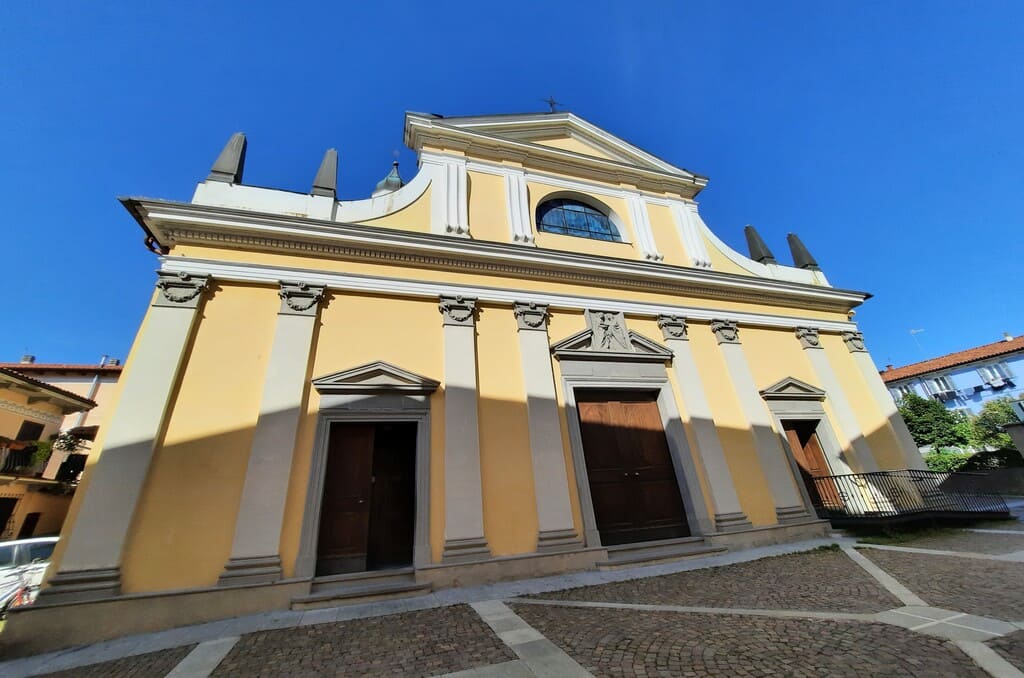
The Gaietta Bridge
One of Millesimo's main attractions is undoubtedly the Ponte della Gaietta, which can be accessed by passing through the village streets. Built in 1100 and mentioned in the village's founding act, it is one of the few fortified bridges in Italy.
Short walk along the Bormida under the Gaietta Bridge
The turret, together with the upper part of the arch still visible today, dates back to the 15th century and served as a gateway and protected access to the village on the western side of the village.
The bridge has undergone various modifications over the years due to the many floods of the Bormida River. One of the two arches of the ancient bridge collapsed in 1744, along with a turret, following a flood of the Millesimo Bormida. Later, in 1878, it was replaced with a suspension footbridge that still stands today, but is closed to the public on both sides of the stream. The present structure is consequential to that of 1900.
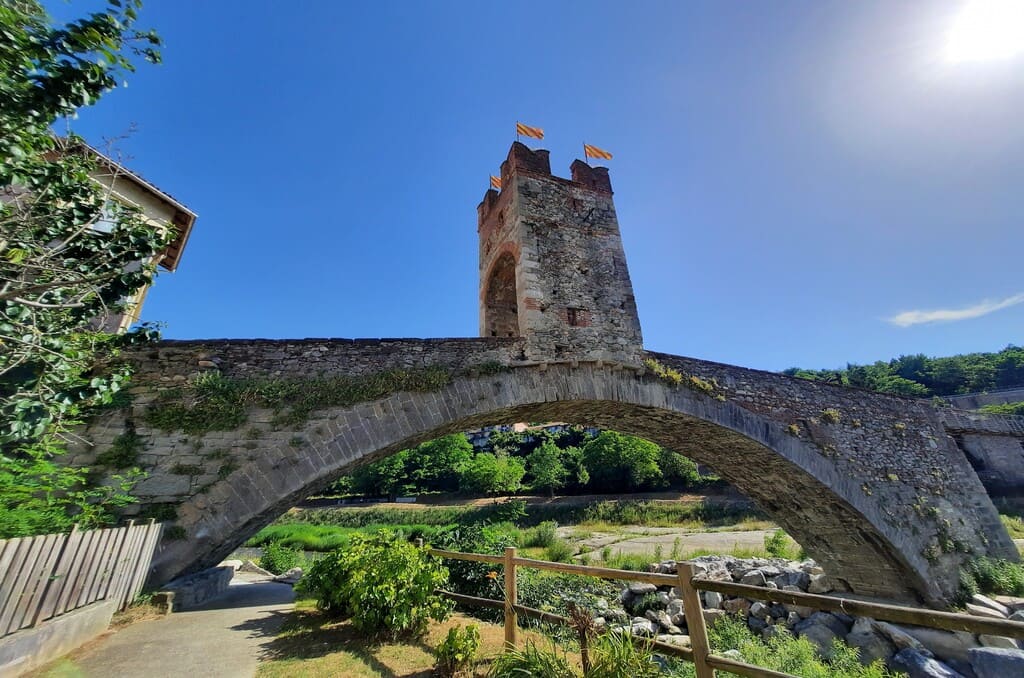
Listen to all podcasts published on our official channels:
